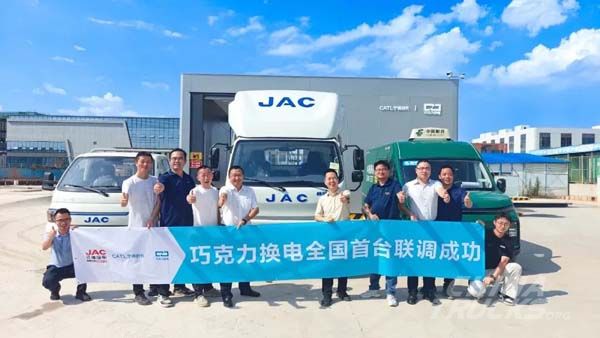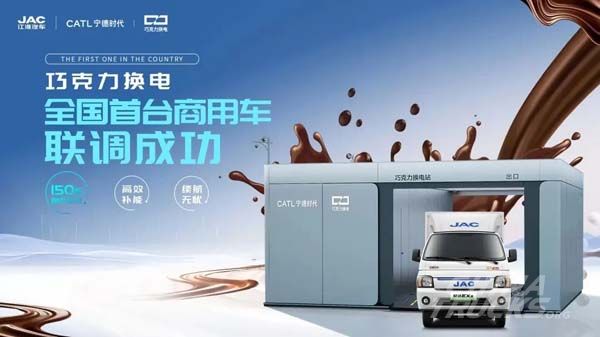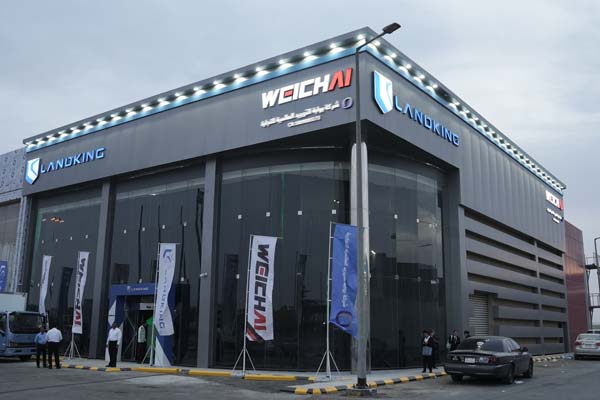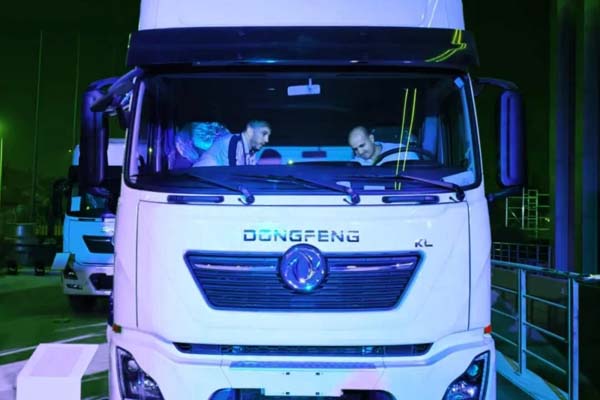JAC, CATL Complete First Battery Swap Test for Commercial Vehicles in China
July 11,2025

The successful trial marks a significant milestone in efforts to reduce charging time for electric commercial vehicles, improve operational efficiency, and lower the total cost of ownership in urban logistics and freight delivery sectors.
According to the companies, the new battery swap system delivers three main advantages: rapid energy replenishment, cost savings, and compatibility with various vehicle models. The battery can be swapped in about three minutes, comparable to the time required to refuel a diesel truck, significantly reducing vehicle downtime.
The system also enables a separation between vehicle and battery ownership. Batteries can be rented as needed, cutting initial vehicle purchase costs and reducing total cost of ownership by up to 30%. Additionally, the swap stations are designed for flexible deployment across different transport corridors and are currently compatible with multiple commercial vehicle models.
JAC and CATL plan to expand the battery swap infrastructure significantly. By 2025, the network is expected to include 1,000 stations across China, with long-term goals of reaching 10,000 and eventually 30,000 sites. Currently, 27 cities are equipped with operational swap stations, with plans for rapid growth.

To support the expansion of the swap model, JAC announced three new electric vehicles launching in the second half of 2025: the JAC EV5, Kaida EX6, and Van Balu V10. Each model will use CATL’s Choco-SEB battery platform.
The JAC EV5, equipped with an 81kWh battery, targets cold-chain and intercity delivery. The Kaida EX6, also using an 81kWh battery, is designed for last-mile and community grocery distribution. The Van Balu V10, with a 56kWh battery, focuses on supply chain logistics and short-range retail transport.
JAC’s ongoing cooperation with CATL signals a broader push to promote battery swapping as a viable solution for the commercial EV market. The companies aim to address charging limitations, reduce lifecycle costs, and accelerate adoption of electric vehicles in logistics, retail, and urban transport.
Source : www.chinatrucks.org
Editor : Alison
Views : 9521
Tags : JAC








